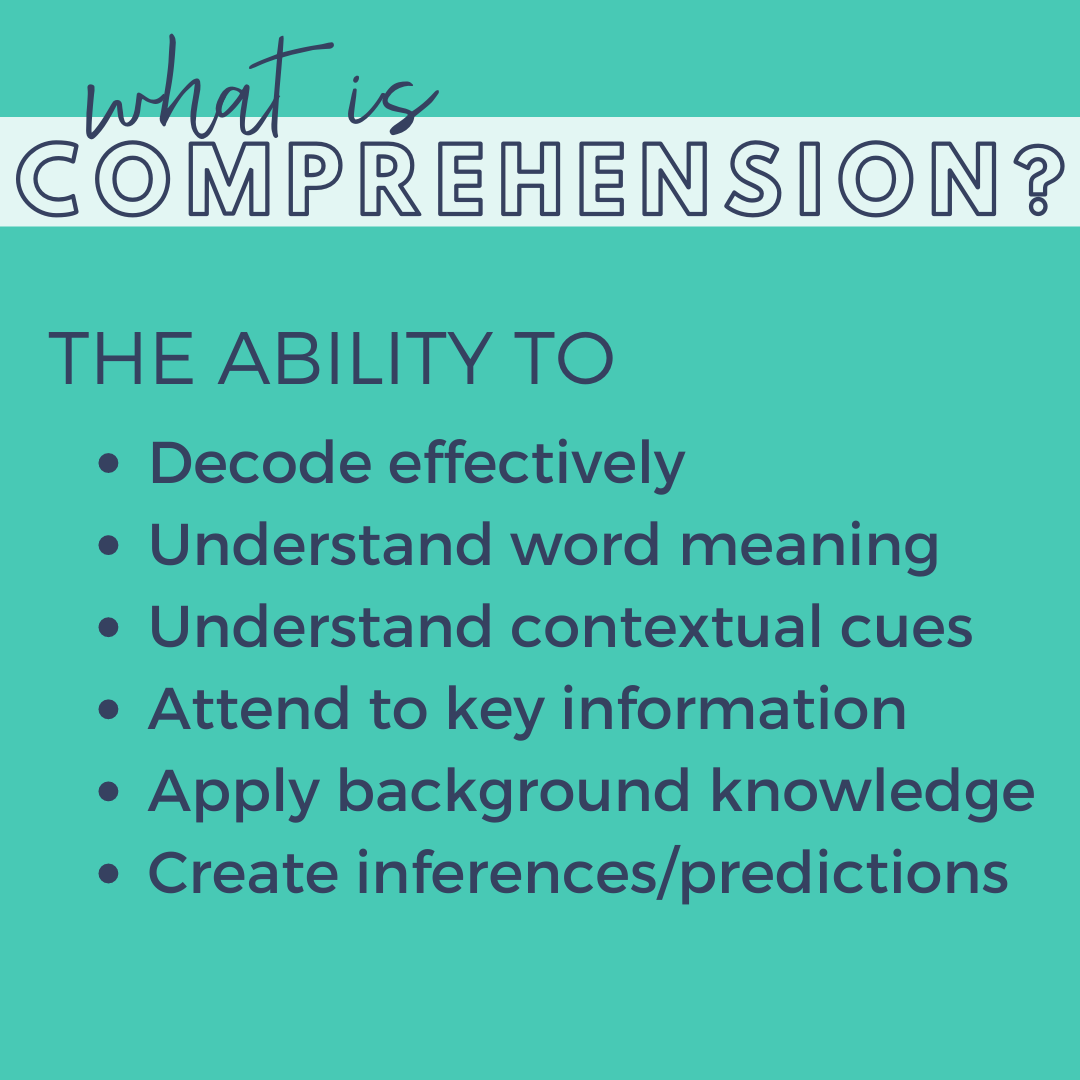Reading comprehension is a crucial skill that allows individuals to understand and interpret written text effectively. It involves not only being able to read the words on a page but also to comprehend their meaning and context. Many people struggle with reading comprehension, but with the right strategies and practice, it can be improved.
One key aspect of understanding reading comprehension is being able to make connections between the text and your own knowledge and experiences. This helps to deepen your understanding of the material and allows you to engage with it on a deeper level. By actively relating what you’re reading to things you already know, you can better grasp the content and retain the information.
How to Understand Reading Comprehension
One effective strategy for improving reading comprehension is to actively engage with the text as you read. This can involve asking yourself questions about the material, summarizing key points, and making predictions about what will come next. By actively thinking about the text as you read, you can enhance your understanding and retention of the material.
Another important aspect of understanding reading comprehension is being able to identify the main idea and supporting details of a passage. This involves being able to distinguish between important information and extraneous details, as well as understanding how they relate to each other. By practicing identifying main ideas and supporting details, you can improve your ability to grasp the overall meaning of a text.
Additionally, it’s important to pay attention to the structure of a passage when working on reading comprehension. Understanding how a text is organized can help you to better comprehend its content and follow its logic. Look for key words and phrases that signal important information, such as transitions between ideas or cause-and-effect relationships.
In conclusion, improving reading comprehension is a skill that can be developed with practice and the right strategies. By actively engaging with the text, making connections to your own knowledge, and identifying main ideas and supporting details, you can enhance your ability to understand and interpret written material. With consistent effort and focus, anyone can improve their reading comprehension skills and become a more effective reader.
